Manufacturing with 3D Printing: PrentaLux Pendant Light Fixtures
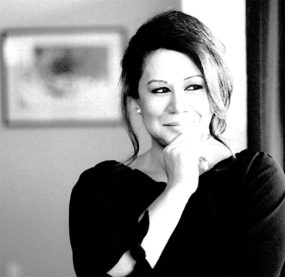
In the Best of NeoCon Decorative lighting category at NeoCon this year, Cooper Lighting Solutions’ Shaper brand won Gold and an Innovation Award for its PrentaLux pendant fixtures. The name was a tongue twister for me, until I figured out the derivation, then it became quite clear: prenta – from printed and lux from the Latin for light. The innovation award, no doubt, was due to the fact that PrentaLux fixtures are 3D printed from a thermoplastic polycarbonate filament coil in a wide range of colors; from clear through translucent and all the way to black.
Intrigued by the idea of using 3D printing in a mass production system, I made it by the Cooper Lighting Solutions stand on the 7th floor of TheMART just as NeoCon 2022 was wrapping up. There I met Sohana Arni, the director of marketing and design for 3D printing at Shaper.
I was duly impressed with the finished quality of the fixtures, the versatility and functionality and most of all with the knowledge that Cooper and the Shaper brand were dead serious about mass producing the PrentaLux line for commercial applications.
As people were beginning to dismantle their stands on the floor, and always an early adopter, I tried to strike a deal for one of the display samples, but Ms. Arni said they needed all of them for the upcoming LightFair International trade show in Las Vegas. She also noted that Cooper was still in the process of adding enough printers to support the business plan’s forecast; while they could produce limited quantities of all the fixtures, they were not yet in full production.
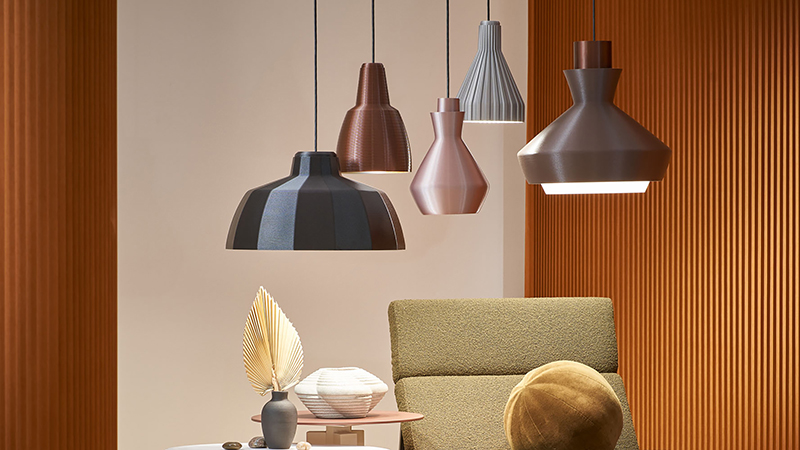
So, I left Cooper Lighting’s NeoCon Stand without a sample fixture under my arm, but even more intrigued and with a promise that Ms. Arni would contact me when the dust from LightFair had settled and the PrentaLux fixtures were in production.
She recently kept her promise and we connected virtually/visually last week on one of those now-all-too-familiar platforms.
The first thing I learned is that Cooper Lighting Solutions is a business unit of Signify, the world’s largest lighting company – the behemoth formerly known as Philips Lighting NV. Shaper is a decorative lighting brand under the Cooper Lighting Solutions umbrella, focusing on decorative lighting, but only on a commercial scale. Obviously, that means meeting all the requisite standards and requirements for commercial lighting.
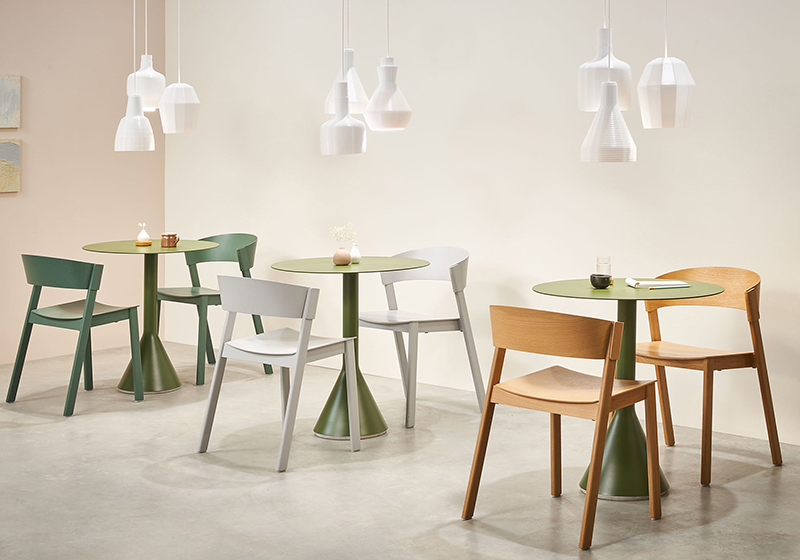
Ms. Arni said, “We don’t venture into residential or e-commerce of any kind. Commercial interior designers, architects and lighting designers typically spec our products for use in commercial applications for offices, hospitality, education and healthcare. Shaper is represented by Copper Lighting sales agents, who are independent reps with other lighting products, but for many of them Cooper is their biggest manufacturer. The actual sale of our products is through distributors.
The strategic intent of the Shaper brand within Cooper is to deliver a forward-leaning portfolio of indoor and outdoor lighting. With Shaper PrentaLux, Cooper introduces lighting products manufactured using the latest manufacturing tech; that of 3D printing. And as Ms. Arni points out, “We are specifically gearing these products toward interior designers and architects, but in many cases our path to actually getting them on a project is still going to come through the MEP electrical engineers and construction documents. We know that, but we want to have the architect and interior designers specify or at least influence the process.”
I was curious about the business decision-making that went into deciding to be one of the first manufacturers to decide on such a new and emerging technology for mass production.
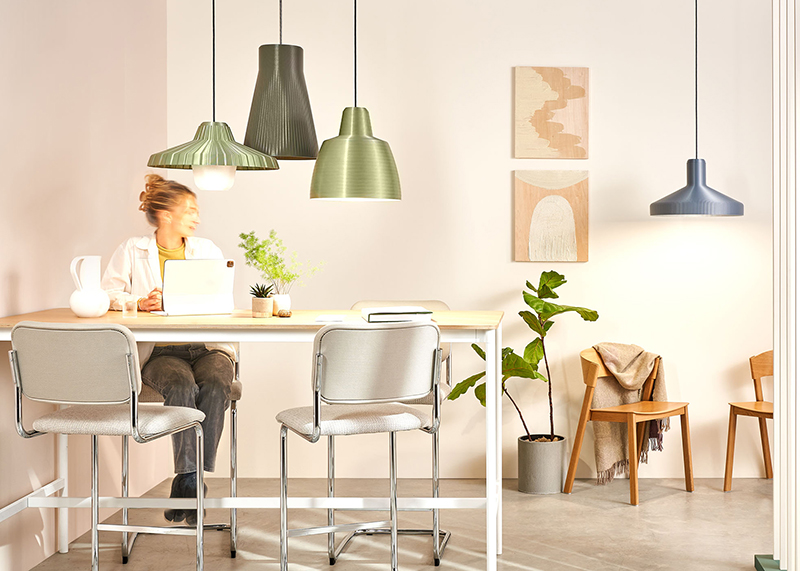
Ms. Arni explained, “Signify had done a lot of research into 3D printing and they very strongly believe in it as a game-changing technology. They specifically see it as a way to connect the user to the product. They had put a ton of money into the research and had developed a strong business case for it.
“Cooper Lighting was acquired by Signify about two and a half years ago, and they told us, ‘Hey we have this great technology, what would you like to do with it?’ So Shaper’s proposition to Cooper was ‘let us be the brand that figures it out.’ And it became my job to do that and to put together a business case that showed a good return on investment. We pitched our ideas to our CEO for Signify and of course, he loved it, so it was a pretty easy pitch.
“Our first step out with 3D printing is PrentaLux. We wanted to test the market and gauge the appetite of customers for this type of product, so obviously the awards at NeoCon and the great response we had at LightFair have only increased our confidence.
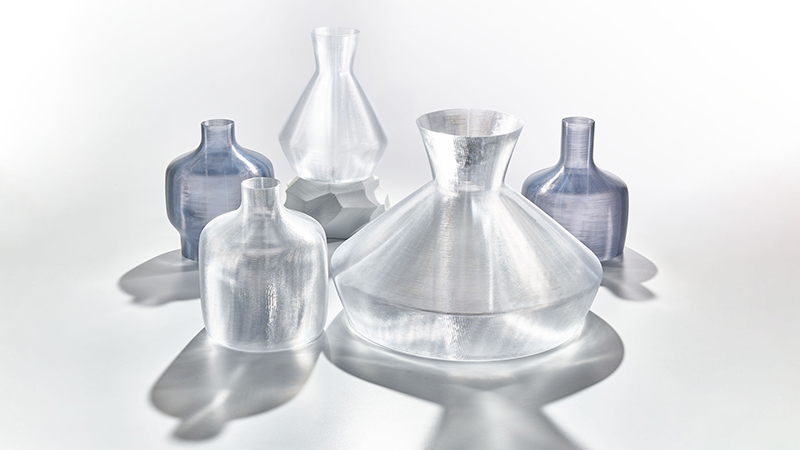
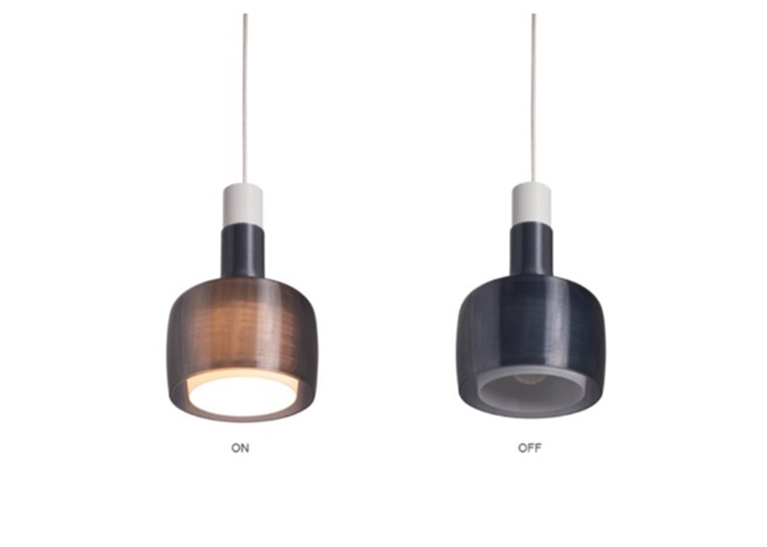
“We are continuously looking for ways to bring this technology to market, so we have additional products in design and development now, using 3D printing, but they are not quite ready yet. Further down the road we are looking at bio-filaments that will be kinder to the environment and we’re aware of an effort to develop printable filaments of recycled fishnets and plastic bottles, so we’re planning some really exciting game-changers in the future.”
When I asked for details of the design process Ms. Arni said that as a lighting designer herself, she and an international team of all in-house designers (within Signify) came up with a product scope and designed the fixtures internally, with customer engagement and feedback along the way.
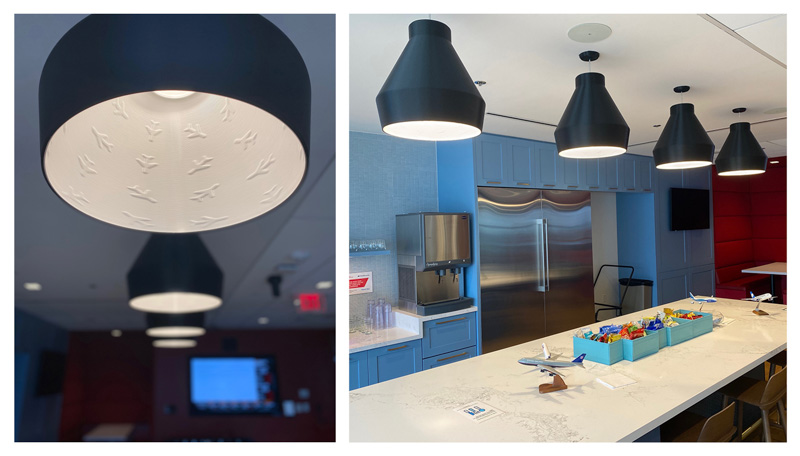
And finally, I wanted to touch on the obvious capacity for customization, given the flexibility of 3D printers to print whatever you tell them to. She was cautious given the early stages of figuring out where flexibility crosses the threshold of economics, but she told me they see large national accounts as the logical first step in customizing to meet branding opportunities, and she gave me one example of how they designed little airplane figures into the reflector surfaces of pendants for a large commercial aviation management company. I can hardly wait to see where this all goes.



